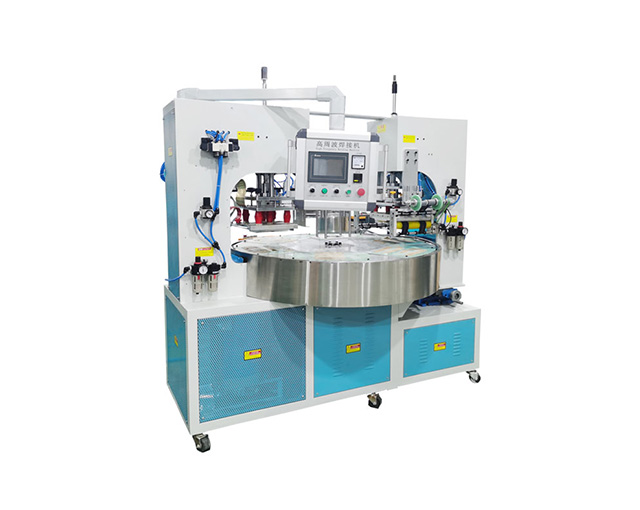Time:2025-03-14 Views:1 source:News

A roll embossing machine is a specialized device used to create raised or recessed patterns on various materials, such as paper, leather, plastic, and metal foils. The embossing process involves several key steps and components working in tandem.
1. Preparation of Materials and Machine Setup
First, the material to be embossed is carefully selected. For example, if it's paper, the thickness and texture of the paper can significantly affect the embossing result. Thicker papers may require more pressure to achieve a distinct emboss, while textured papers can add an extra dimension to the final pattern. The roll embossing machine is then set up. This includes adjusting the pressure between the embossing roll and the counter - roll. The pressure is usually controlled by a hydraulic or mechanical system. The operator needs to ensure that the pressure is evenly distributed across the width of the rolls to guarantee a consistent embossing effect. Additionally, the speed of the material feed is adjusted according to the type of material and the complexity of the embossing pattern. Faster - moving materials may be suitable for simpler patterns, while slower speeds are often required for more intricate designs.
2. The Embossing Process
The heart of the roll embossing machine is the embossing roll and the counter - roll. The embossing roll has a pattern engraved on its surface. When the machine is in operation, the material is fed between the embossing roll and the counter - roll. As the rolls rotate, the pressure exerted by the embossing roll onto the material forces the material to conform to the shape of the pattern on the roll. For instance, if the embossing roll has a floral pattern, the paper or other material will be pressed into the recessed areas of the floral design, creating a raised floral pattern on the surface of the material. In some cases, a heating element may be incorporated into the embossing roll. Heating the roll can be beneficial when working with certain materials, such as thermoplastics. The heat softens the material, making it more pliable and easier to emboss. This results in a more defined and detailed embossed pattern.
3. Post - Embossing Treatment
After the embossing process, the embossed material may undergo post - treatment. This can include processes like trimming the edges of the embossed material to remove any excess or uneven parts. In the case of paper, it may be further finished with a coating to enhance the durability and appearance of the embossed pattern. For leather, a polishing or conditioning treatment may be applied to the embossed leather to bring out the texture and protect the material.
Read recommendations:
Multi Function High Frequency Welding Plastic Blister Cover Packing Machine
Complete control over products allows us to ensure our customers receive the best qualityprices and service. We take great pride in everything that we do in our factory.
